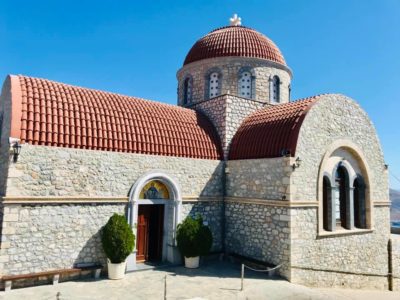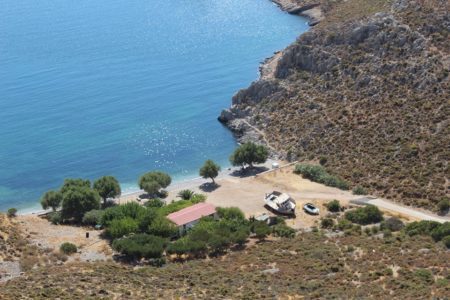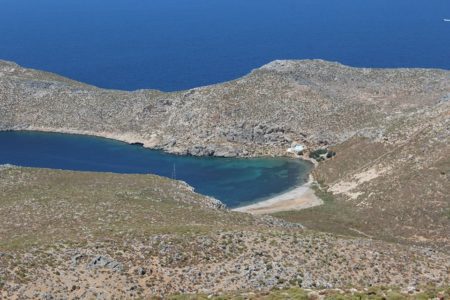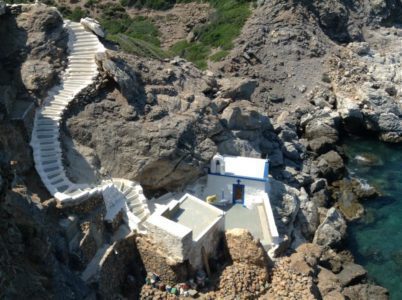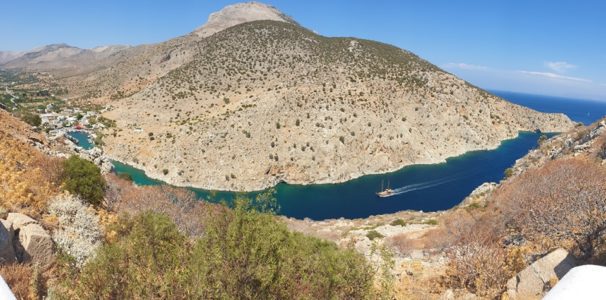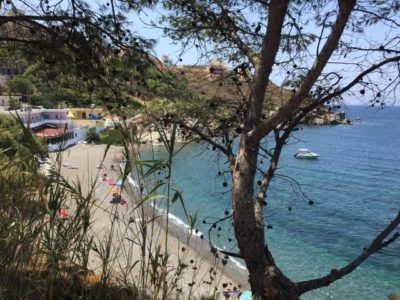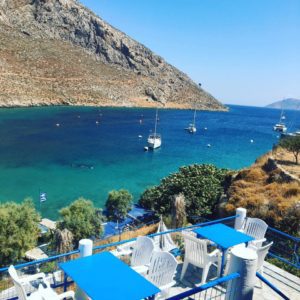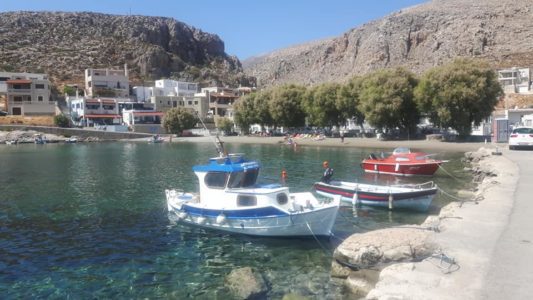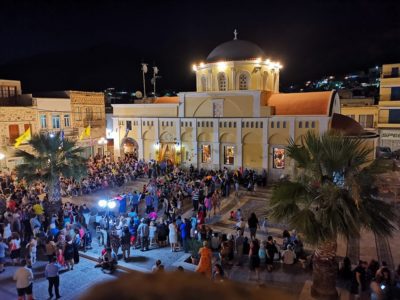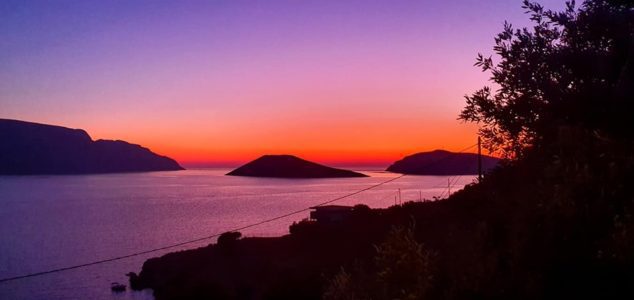History of Kalymnos island
To know the History of Kalymnos we have to go back to the mythology of its name.
The mythology says that Kalymnos got its name from the Titan Kalydnos, the son of Gaea (Earth) and Uranus (the sky). The Titan was saved from being thrown from the father in the depths of the earth clinging to the island. View from above, in fact, its shape would lead to precisely this origin (the legs of the Titan would be the two mountains).
The island was inhabited in the Bronze Age (3,000 BC) by tribes mainly from Asia Minor, of which little is known but certainly that is tied to Minoan civilization which expanded on the Aegean. The remains of this period are concentrated around Emporio and Vathi, the fertile valleys of the island. Known for its shipbuilding, Kalymnos participated, together with nearby islands, the legendary Trojan War by sending 30 boats.
In the seventh century BC together with Kos, Rhodes and the great Halicarnassus formed the Dorian Hexapoli, a trade union but also the military and political position on the side of the major islands of the Aegean. The city starts a development, including Pothia and Panormos, but never reach the welfare of Kos or Rhodes. After the defeat of the Peloponnesian war, during which he was an ally of Athens, fell to the Persians and his King Mausolus. In 144 BC is subdued by the Romans, who, at first, ensured a series of privileges but soon began imposing heavy taxes that led to ruin.
The Byzantine Period
During the Byzantine period undergoes repeated raids and attacks by pirates force the inhabitants to build a city in safe place, at that time was build Hora and Citadel. Over the centuries, Kalymnos is affected by numerous natural disasters and earthquakes, including one of 535 that changes even the morphology of the island. In fact, part of Kalymnos come off and form the small islet of Telendos separating it from by the sea.
In the thirteenth century the Venetians took possession of the island of Kalymnos, but they sell it almost immediately to the Knights of St. John. The Knights, with the mission of protecting Europe from Islam invasion, dominated the entire Dodecanese for about 200 years. Meanwhile, pirate attacks and earthquakes continue procuring more and more suffering and casualties.
The consecutive dominions
When, in 1522, the island was conquered by the Ottomans the population had to reorganize in order to survive and preserve their culture. They were, in fact, open the secret schools in the caves of the island where was taught Greek. Despite the Ottoman occupation lasted until 1912, the export of sea sponges brought wealth and prosperity to many local families.
After the end of the Ottoman Empire and the arrival of the Italians as a liberating force it was open a new chapter of hope for the people, who had to face with the ideas of Mussollini. The capital was finally moved from Hora to the port, where the city of Pothia is today.
During the World War II it was occupied by the Germans for almost two years; brief occupation, compared to the others, but at the same time very difficult for the population. At the end of the war it became a protectorate of the British military, as the rest of the islands of Dodecanese. Kalymnos was officially unified Greece March 7, 1948.


